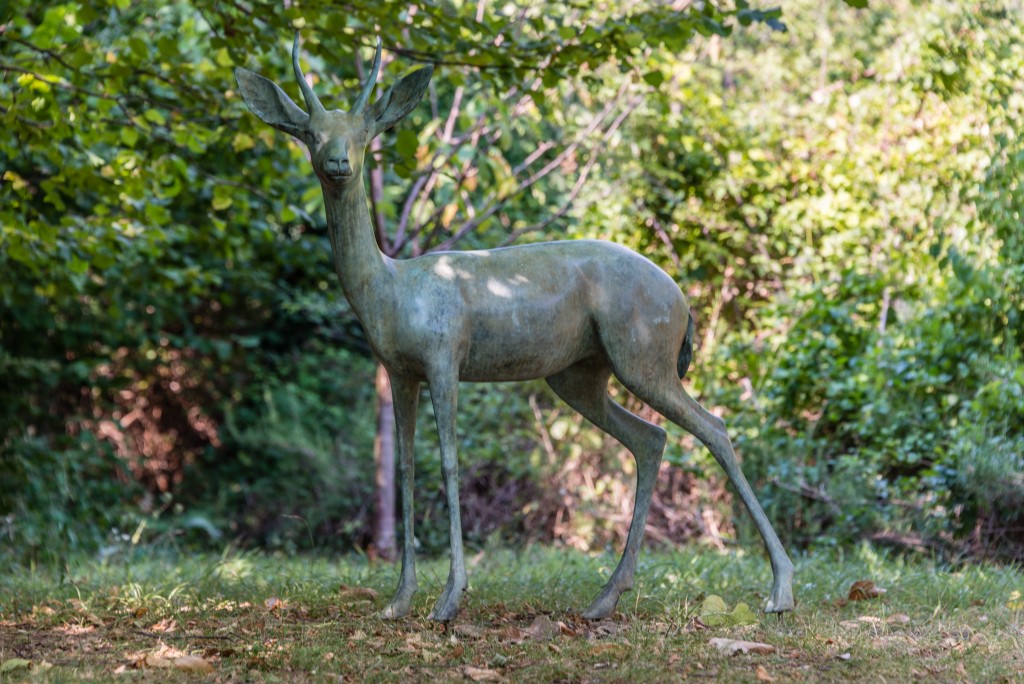The territory

Colletta is situated within the unspoilt Pennavaria valley, stretching from the Maritime alps of Piedemont to the historic town of Albenga on the Italian Riviera of Palms. Ancient hillside stone villages are perched on the sunny side of the valley among terraces of olives and cherry trees, facing the rocky peak of Castel Ermo.
The local produce keeps the valleys restaurants in excellent supply of ligurian delights. There is excellent walking, often along ancient mule trails as well as climbing and cycling routes.
The village regularly hosts cultural events such as art exhibitions and concerts, as well as gastronomic events celebrating the best of Italian slow food and wine. Every November the village holds an Olive Festival where the community picks the olives from the many trees surrounding the village and has them pressed locally to produce its own bottles of olive oil.
The area surrounding Colletta offers excellent walking and hiking opportunities in an unspoilt countryside. In particular, the ancient footpaths and mule tracks between the local villages provide a glimpse into the past (and the present). During your walks you will come across many of the local flora: thyme, rosemary, mushrooms, chestnuts, cherries and figs as well as wild berries, grapes and more. It is a paradise for mountain bikers, with tracks for every level, from beginners to experienced single trail riders.
The surrounding rocks are a popular destination for climbers from around the world and Colletta is the perfect base for this activity.
The little restaurant in the heart of the village provides a friendly location for relaxing over a coffee and snack, or for aperitifs before dining delicious local food. There are also two other excellent restaurants as well as a small shop for daily necessities within walking distance of the village.
The seaside and the next beaches are only 25 min drive away from Colletta and offers a nice change to the mountains.
Download the routes of Castelbianco
Download die wanderwege von Castelbianco
Download les parcours de Castelbianco
Italian Riviera of Palms
Not as flash as its French neighbour, the Italian Riviera has a charm all of its own as well as style, history, culture and opportunities for fun and adventure.
Côte d’Azur.
An hours drive on the motorway or a mornings scenic drive along the coast will take you to Monaco, Nice and Cannes.
Liguria
The historic cities of Génova, Impéria, San Remo and the spectacular coast of La Spézia and the Cinque Terre can all be reached in easy day trips from Colletta.
Piemonte
Turin, Asti, Alba, Alessándria.
Alassio – Jewel of the Riviera
Alassio, the “queen of the Riviera delle Palme” is one of the most famous seaside resorts in Liguria. Its 4km of sandy beaches are gently lapped by the azure waters of the Mediterranean Sea, against the backdrop of the green hills and valleys of the Maritime Alps.
Albenga – 2500 years of Liguria
Albenga is one of the greatest cities of Roman origin on the Rivieria di Ponente, and has one of the best preserved old centres. There are numerous reminders of the Roman times still visible in the valley, and particularly along the roman road that leads to Alassio, the Via Julia Augusta. The old town of Albenga is rich in medieval towers and houses. The River Centa runs alongside the city walls, and the nature park at the river’s mouth is an ideal spot for observing the many sea-birds of the area.
Cosio di Arroscia
Cosio di Arroscia is a tiny feudal village perched in the mountains of the Arroscia valley, in the hinterland of Albenga surrounded by fields of lavender and grapevines that produce the region’s famous Dolcetto wine. Another defensive feudal seat of the powerful Clavesana family, the village passed into the hands of the Republic of Genoa in 1274. Of particular interest are the many covered passages that allow the inhabitants unhindered movement around their village, even when winter snows cover the land, and the occasional trompe l’oeil decorations.
Castelvecchio di Rocca Barbena
Castelvecchio di Rocca Barbena is perched in a stunning location in the mountains of the Neva valley. The medieval houses cluster in a circle around the base of the castle, which was built in the 12th century as fortification against the raids into the interior by the Saracens, and is nowadays privately owned.
Laigueglia
Laigueglia is a pretty pastel coloured village whose centre still preserves its ancient Ligurian layout. The church of San Matteo is beautiful, and local tradition has it that the two crosses atop the tower face into the two prevailing winds (the maestrale and the libeccio) to protect the fishermen of the village whilst they are searching for coral, the trade in which was particularly important to the village in the Middle Ages.
Savona
Savona is the most important port and industrial centre of the Riviera Ponente. It’s original nucleus is the Fort of Priamar, which was already a seaside fortified area at the time of the ligurian Sabazi peoples, then a roman stronghold, a byzantine stronghold and eventually a Genovese fortress.
Zuccarello
A feudal village and castle built to control the approaches to Albenga, Zuccarello has preserved its architecture and atmosphere over the centuries.

